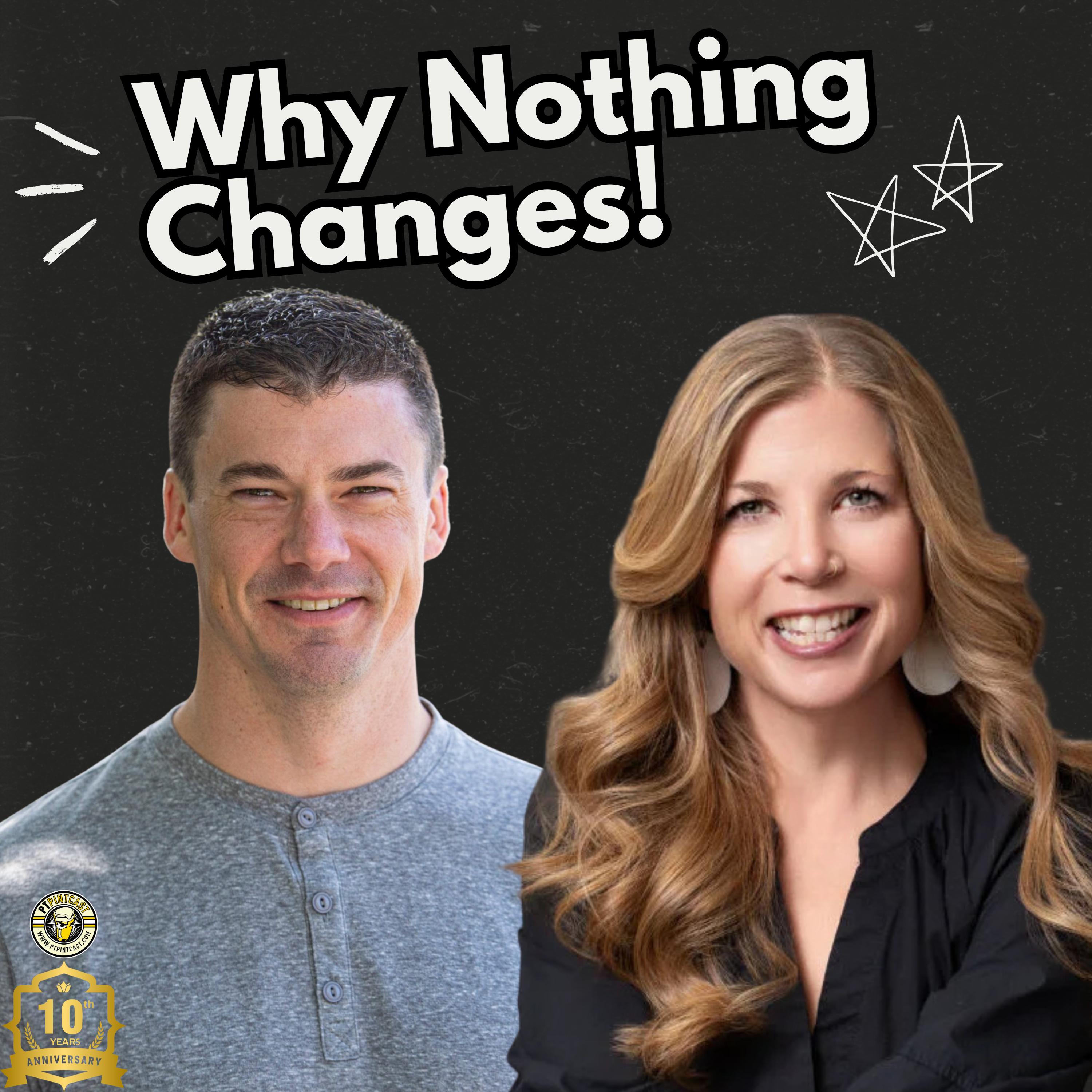
Get Updated
Join 10,000 other listeners and get updates on new episodes.
By signing up, you agree to receive email from this podcast.

Physical therapy doesn’t lack ideas — it lacks follow-through. In this episode, Jimmy McKay and Rebekah Griffith unpack why PT conferences, committees, and leadership spaces often feel repetitive and disconnected from real-wo...
Physical therapy doesn’t lack ideas — it lacks follow-through. In this episode, Jimmy McKay and Rebekah Griffith unpack why PT conferences, committees, and leadership spaces often feel repetitive and disconnected from real-wo...
Are you stepping over dollars to pick up dimes? Jimmy and Tony get real about the trap so many physical therapists fall into — chasing insurance reimbursement while leaving more profitable (and sustainable) opportunities on t...
Dr. Hoda Salsabili — founder of HemScap, creator of Pivotal PT, and professor focused on integrating AI into physical therapy education. In this episode: What AI literacy actually means for PTs and students How Hoda built a c...
In this episode, Jimmy talks with fractional healthcare marketing strategist Andrea Tager about why most physical therapy and healthcare content completely misses its mark. You’ll learn how to craft messaging that resonates w...
In This Episode: Matt's path from employee to clinic owner Creating cash-pay offers without alienating insurance patients Using school outreach and combines to drive youth athlete business How a “third place” clinic model bea...
Clinic owners and physical therapists — this one’s a wake-up call. Jimmy dives into why 76% of referrals never start PT care and how friction at every stage of the funnel — forms, phone tag, poor UX — drives patients away. Yo...

Host
Host • Loud Talker • Former Rock Radio Guy • Serial Question-Asker
Jimmy McKay is what happens when a rock radio DJ becomes a physical therapist and refuses to give up either career.
He’s the human Venn diagram where science, stories, and a good pint overlap.
He created PT Pintcast to bring real conversations back to healthcare — the kind that make you think, make you laugh, and make you want to try something bold on Monday morning.
Since launching the show, he’s interviewed hundreds of the smartest, weirdest, most innovative people in and around rehab… and spilled a concerning number of beers in the process.
Jimmy’s superpowers:
Asking the question everyone wishes someone would ask
Making complex ideas sound simple (and fun)
Getting guests to say: “Wow… I’ve never told anyone that before”
Bringing just enough irreverence to keep things interesting
When he’s not behind the mic, he’s helping clinics and organizations launch their own shows through PT Pintcast Media, writing things on LinkedIn that make PTs go “Oof… he’s right,” or reimagining how the profession shows up online.
Jimmy believes learning should feel like a conversation, not a chore — and if it involves a pint, all the better.
“If you’re giving me 30 minutes of your time, I’m gonna make it worth it — and we’re gonna have some fun along the way.”